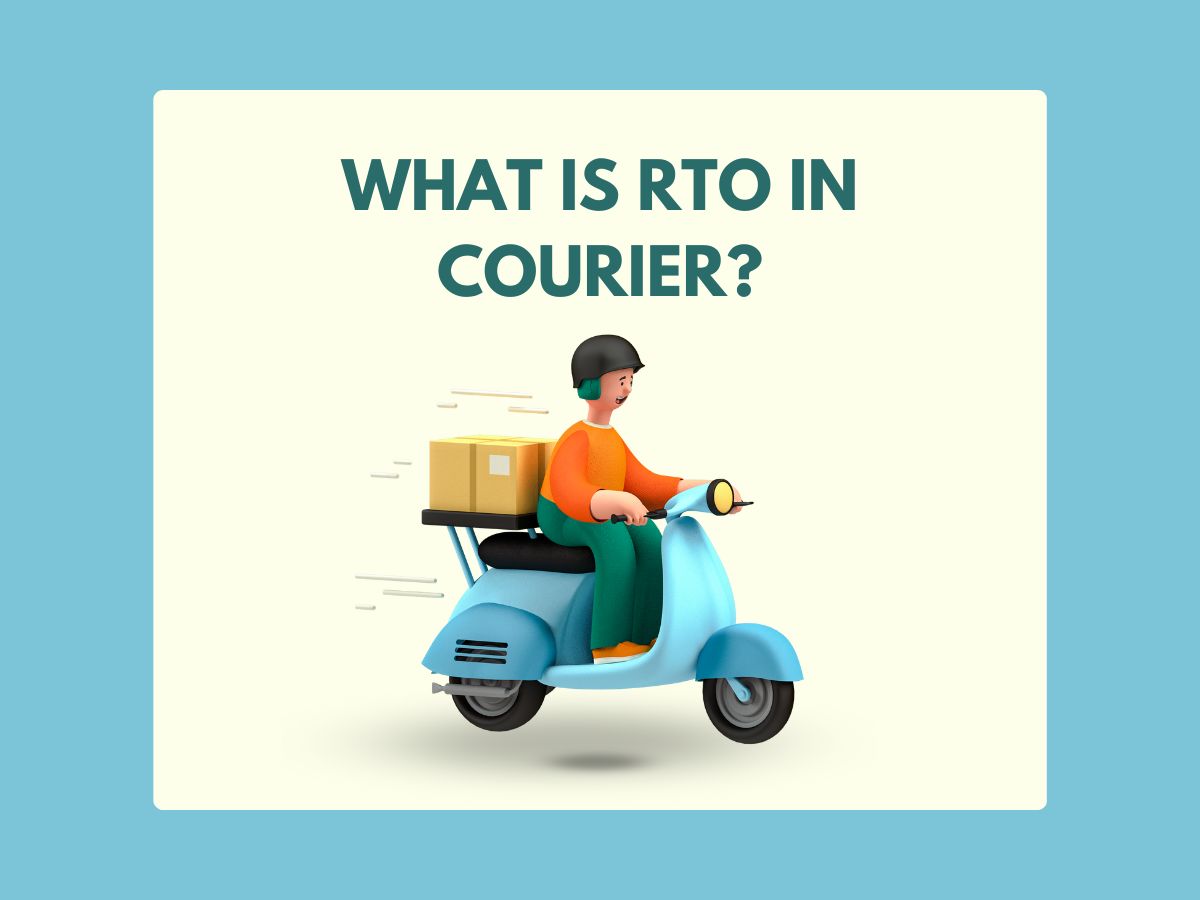What is RTO in Courier?

RTO is shorthand for Return to Origin. If the package is not delivered to the customer's doorstep, it is marked as RTO and returned to the seller's pick-up location.
RTO is an abbreviation meaning "return to origin." RTO packages were not delivered to the default gateway for any reason and were requested back by the vendor.
As the name suggests, these packages are returned to the origin, the seller's warehouse, or pick-up location. RTO packages include shipping costs, making them a pricey proposition for the supplier.
Every company strives to reduce RTO orders by taking proactive measures and providing the relevant customer contact information to ensure delivery.
The seller might choose to receive a shipment back if the delivery firm marks the parcel as RTO, indicating that it was not delivered. If RTO does not appear to be a profitable alternative, the seller may request that the courier firm trash the product.
Reasons For Package Non-Delivery
There are numerous reasons why an undelivered package is returned to the seller. Among them are the following:
- The customer is unable to accept delivery.
- The recipient declines delivery of the parcel.
- The buyer's address or other pertinent information is inaccurate.
- The entrance, building, or office is locked.
- Failure in re-attempt for delivery
The shipment is often not returned directly to the seller's original address. Once the courier indicates that the order has not been delivered, the following actions are taken:
- The majority of courier firms attempt delivery a maximum of three times.
- The courier/seller contacts the client and requests a convenient delivery time.
- Some couriers also send a text message or IVR call to the consumer to determine if they wish to accept or deny the package.
- An RTO is generated if the customer cannot be reached by either of the ways or declines the order.
- The order is then returned to the registered address of the merchant.
Return to the origin, or RTO falls into four distinct categories based on their nature.
- Immediately reship and anticipate a return.
- Immediately reship and do not anticipate a return.
- Wait for the return and reship the item.
- Wait for a return and then cancel the reservation.
Typically, if the recipient is unavailable, the courier business will attempt to call the recipient again. The delivery company stamps the shipment as RTO and returns it to the shipper's warehouse if the recipient does not react.
The agreement between the shipper and the courier partner governs the entirety of the return procedure. RTO orders include additional shipping costs, which the vendor typically meets. However, these costs are minimized if you utilize a logistics partner.
You can also add these shipping margins to the price of your products. Here you can learn more about lowering your delivery costs. The secret to efficiently delivering your cargo is to ship it using a reputable courier partner and continuously watch your customers' behavior.
All thanks to the courier service providers who made it easier than ever for us. Search for the best courier services near you on Finndit.com
How Are Blue Dart Courier Fees Calculated?
What Happens If The DTDC Courier Is Not Delivered?
How To Start A Courier Business In India?
